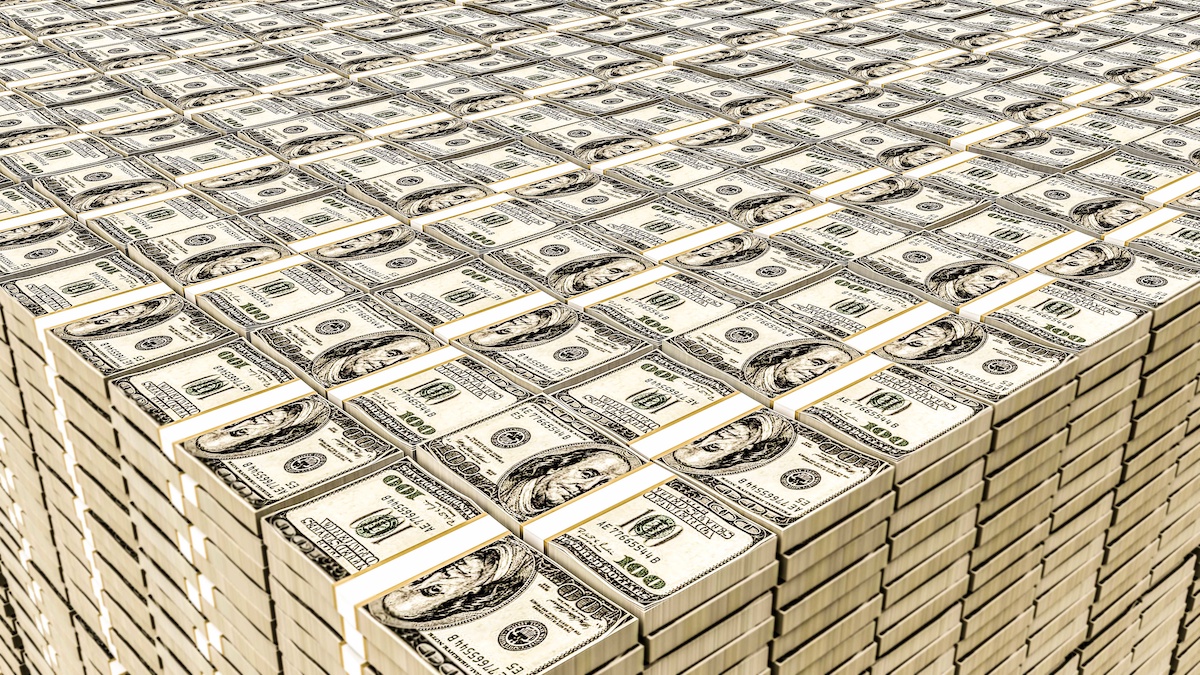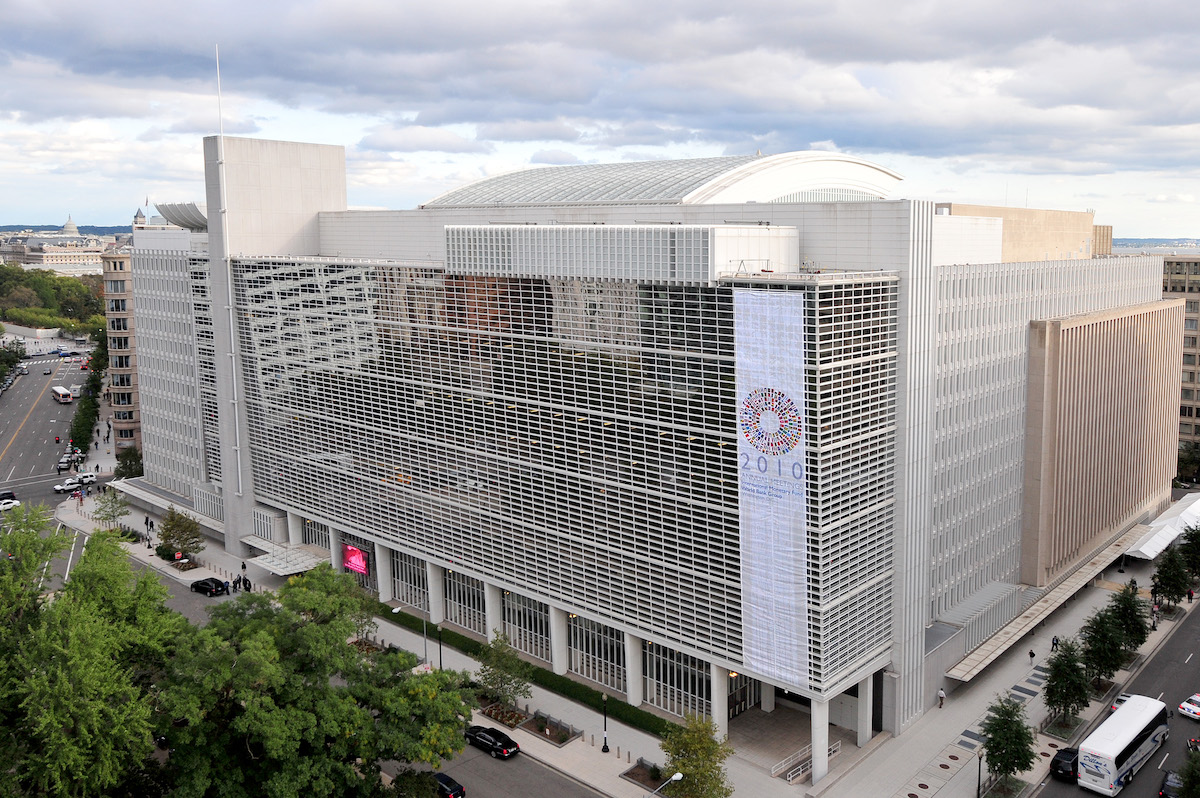Recommended
These are unprecedented times
Crises are not new. In their long history, there have been economic tsunamis based on breaks somewhere in the system that nobody saw coming until the big wave reached the shore. In the most recent crises, financial markets were central in generating the crises, and the real economy suffered, which eventually recovered, though with major losses. Correction was just a way of coming back to normal. But there is no record in the history of economic policy, where decisions were taken that have resulted in the closure of so-called “non-essential” economic activities to save lives, causing a strong decline of economic activity, an unprecedented social disruption, and the loss of millions of jobs. There is also no track record for the conditions and policies that would be required for hopefully a rapid economic recovery, though some elements, such as strong fiscal expenditure expansion, especially if coordinated internationally, are clearly crucial. An increased role and activity of development banks (DBs) should be part of the counter-cyclical response to achieve recovery.
As markets have vanished or significantly contracted, the public sector became the ultimate social and economic lifeline for thousands of people and companies in distress. Governments are in charge, with no ready-to-use recipe, and a unique responsibility to re-ignite the system.
But should we start the economy again where we left it? Is the crisis a signal on how devastating the great problems confronting our future could be in a world that is not prepared for them, in particular to face challenges such as major inequalities, the climate emergency, and the loss of nature. The way in which our world produces and consumes, calls for a recovery that would also imply a structural transformation towards a more inclusive and sustainable economic model. DBs could be a great contributor to such a transformation.
Another finance exists
DBs, whether operating on a national, regional, or international scale, are a little-known aspect of finance. They range from the World Bank, a global institution, to regional and interregional multilateral banks (the Islamic Development Bank being a case in point), and national institutions, as well as from old to new institutions, with the Asian Infrastructure Investment Bank being one of the most recent, which is actually operating as an interregional institution.
According to research carried out at the French Development Agency (AFD), there are more than 400 DBs in the world, scattered in all continents, and financing mostly small enterprises, agriculture, infrastructure, and international trade. The magnitude of their assets is in trillions, as they represent cumulative assets of more than USD 11.4 trillion, roughly the equivalent of 70 percent of the assets of the entire US banking sector. With their capital provided by governments, DBs make commitments each year of USD 2 trillion, or 10 percent of the world gross fixed capital formation.
These figures also hide profound differences. China is clearly a dominant player in this landscape, with its three major “policy banks” (as they call their DBs) accounting assets worth USD 3.7 trillion, 32 percent of the world total. Equally important is the European Union, with its fairly high historical confidence in the public sector where there are close to 100 development banks with assets of around USD 3 trillion. Its regional bank, the European Investment Bank (EIB), is the largest multilateral bank in the world (with USD 555 billion in assets) and performs a successful mandate to the benefit of European infrastructure, innovation, and support for small and medium enterprises. There are also other major development banks in the developing world, such as Brazil’s BNDES, but also small institutions, like the National Development Bank of Burundi, which have a fraction of those numbers in terms of assets.
Smart and patient banks
But all DBs, whatever their size and mandate, share a common purpose, helping to lay the foundation for a different financial model that considers not just profitability but also equitable development and climate-change mitigation.
This is even truer because the “raison d'être” of DBs is to cope with market failures, whether perceived or actual, as well as to finance structural transformations that bring about a fairer and more sustainable economy. They most often target their operations in areas where private finance on its own is totally or partially ineffective. This includes financing small businesses, innovation, infrastructure—especially low carbon one—and housing for the poor, as well as mitigating climate change. DBs have mandates that distinguish them quite clearly from the commercial banks as DBs are, for their governments, a real “visible hand” to support national development strategies.
At the same time, international DBs, whose mandate is to finance projects in third countries, can channel some of the available savings in high-income countries, major oil exporting Middle East states, and increasingly China, to emerging and low-income countries that private international capital and banking markets often do not reach, especially in times of major uncertainty. Take the current COVID-19 pandemic, which has generated the largest outflow of portfolio capital from emerging countries in history. International DBs should quickly offer local banks increased long-term credit lines, which these banks can in turn lend to national governments in developing countries, as well as local economic players who are customers of national DBs. The multiplier effect of such an international initiative would be considerable.
Financing massively
National DBs have to leverage all possible financing to reduce the current economic downturn and ensuring rapid recovery, but acknowledging at the same time the need to restart on a different basis, and give their true value to people, climate, and nature. This is in particular the intention of the International Development Finance Club (IDFC), a club gathering some of the 26 most prominent and largest DBs. Some of its members, such as German KfW, Brazilian BNDES, Colombian Bancoldex, and French AFD are currently working on large recovery financial plans. Indeed, KfW is already planning to increase lending by USD 108 billion, and Brazilian state banks are preparing to boost lending by the equivalent of 4 percent of the country’s GDP.
Based on a 20 percent increase in their current activity, DBs could mobilize an additional USD 400 billion by the end of 2020 alone. The function of DBs is not only to mobilize their own funds, but equally importantly to mobilize private finance. Such an effort could thus double the amount available for reducing economic decline and stimulating economic recovery, to an additional USD 800 billion.
Financing differently
DBs can pave the way for a different finance, which would encourage projects that support the United Nations 2030 Sustainable Development Goals, especially those concerning equitable development and combating climate change. To do this, DBs must help put in place sustainable development analysis grids to select transactions based on criteria that include but go well beyond purely financial ones. In the economic and social area, this should comprise supporting micro and small enterprises, as well as innovative sectors in the developing world. In the environmental area, they should link with existing vertical funds (e.g., Global Environment Fund and Green Climate Fund), offering financial tools to incentivize greener types of investments that are aligned with the Paris Agreement.
For governments who will ask this alignment of their national DBs, the proven recipe for success lies in aligning three key conditions: (1) autonomy in the decision-making of the DBs, attached to a transparent and competent governance; (2) large amounts of capital, provided by governments, to make a significant impact; and (3) using appropriate instruments to enable them to mobilize sufficient private finance, while channeling their funding to meet development objectives.
COVID-19 has created an unprecedented economic crisis. By significantly increasing their lending in a counter-cyclical way, development banks can support economic activity and jobs in the short term, and help in the medium term build a more equitable and sustainable economic development model.
Stephany Griffith-Jones is a non-resident fellow at the Center for Global Development, Professorial Fellow at the Institute of Development Studies at the University of Sussex and Financial Markets Director at the Initiative for Policy Dialogue at Columbia University.
Régis Marodon is special adviser on Sustainable Finance at the French Development Agency (AFD).
José Antonio Ocampo, a professor at Columbia University, is a former Minister of Finance of Colombia, and former United Nations Under-Secretary-General for Economic and Social Affairs.
Disclaimer
CGD blog posts reflect the views of the authors, drawing on prior research and experience in their areas of expertise. CGD is a nonpartisan, independent organization and does not take institutional positions.







